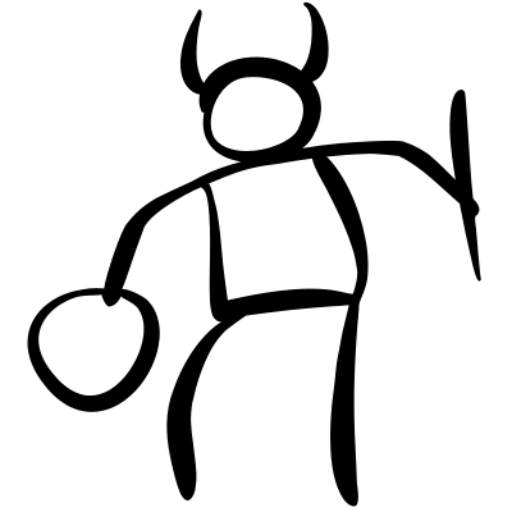Materials
Blade materials
Rigor tool steel: Rigor tool steel (W.-Nr.: 1.2363, AISI A2) is produced by the Swedish company Uddeholm. Its composition: Carbon 1.0%, silicon 0.3%, manganese 0.6%, chromium 5.3%, molybdenum 1.1%, vanadium 0.2%. This steel is highly alloyed but not stainless because the chromium content is quite low. It is a steel with a fine grain structure and excellent machinability, which for us means that a tough, wear-resistant blade can be made from it, which is an excellent raw material for bushcraft and camp knives. Even with a hardness of 59-61 HRC, these blades are flexible, durable and easy to sharpen. During use, their surface may turn gray over time, but this is only an aesthetic problem.
Sleipner tool steel: Sleipner tool steel is also a product of Uddeholm. Its composition: Carbon 0.9%, silicon 0.9%, manganese 0.5%, chromium 7.8%, molybdenum 2.5%, vanadium 0.5%. This steel is highly alloyed, moderately rustproof, so it will no longer rust with normal maintenance. It is characterized by high toughness, wear resistance, and good resistance to springing. It makes flexible, hard, easily sharpened blades. It is a universally usable steel, because it can be a high-quality raw material for any type of knife, even a kitchen knife can be made from it. These blades are vacuum heat treated to a hardness of 60-62 HRC.
N690 tool steel: Stainless tool steel produced by Böhler (W.-Nr.: 1.4528). Its composition: Carbon 1.0%, silicon 0.4%, manganese 0.4%, chromium 17.0%, molybdenum 1.1%, vanadium 0.1%, cobalt 1.5%. This steel is a high quality stainless material with good edge retention and adequate toughness. Böhler recommends it for the production of knives. I recommend it for kitchen knives, EDC and hunting knives, as well as for all knives that will be used in a wet environment, or for users who do not like their knife blades to become discolored. N690 blades are heat treated in a vacuum oven to a hardness of 59-61 HRC.
Handle materials:
Wenge: A wood from the Congo Basin in Africa. Solid, strong, decorative wood with brown-black stripes, which has very good mechanical properties. Flexible, well resistant to dynamic loads. It is durable, resists moisture well, has adequate strength and shrinks little, so it makes a good knife handle. I treat the finished handle with hardwood oil and beeswax polishing.
Bubinga: An exotic wood from West Africa. Its color is reddish-brown, striped. Dense, finely structured, solid wood. It is durable, solid and sufficiently hard, so it can be made into a durable and decorative handle. Properly dried bubinga no longer shrinks significantly even as a knife handle, which is why it is a good choice for an outdoor knife.
Ovangkol: This is also an exotic wood from West Africa. Yellow-brown in color with dark brown stripes. A wood material with good mechanical properties, moderately hard, durable, sufficiently flexible. It has a solid structure, so it is a material that can be easily polished and carved. It is less prone to shrinkage and cracking, making it an excellent material for knife handles. It has a very decorative, characteristic pattern, and after sanding and oiling, the surface has a beautiful silky sheen.
G10: G10 is an industrial composite plastic in which layers of glass fabric are glued together with epoxy resin and the desired color is achieved by adding paint. I usually use black. G10 is a heat-resistant, very strong, waterproof material, so it is an excellent choice for a serious working knife. It can be easily machined, so precisely machined handles can be made from it, even with knurling or grooves. I finish the machining with P280 sanding so that the grip is not slippery.
FR4: Composite plastic very similar to G10. A big advantage is that it can be purchased at home. It can be machined the same way and makes a grip just as good as G10. Its color is black.
Mikarta: This is also a composite plastic, but it is not based on glass fabric layers, but on textile or burlap layers, which are glued together with colored epoxy resin. The result is a material that is less strong than G10, which is nevertheless an excellent material for grips. It is flexible, waterproof, easy to carve, decorative and sufficiently durable. I currently buy mikartas from Brisa, my favorites are the Coyote, Mustard, Bison, Hunter green types.
